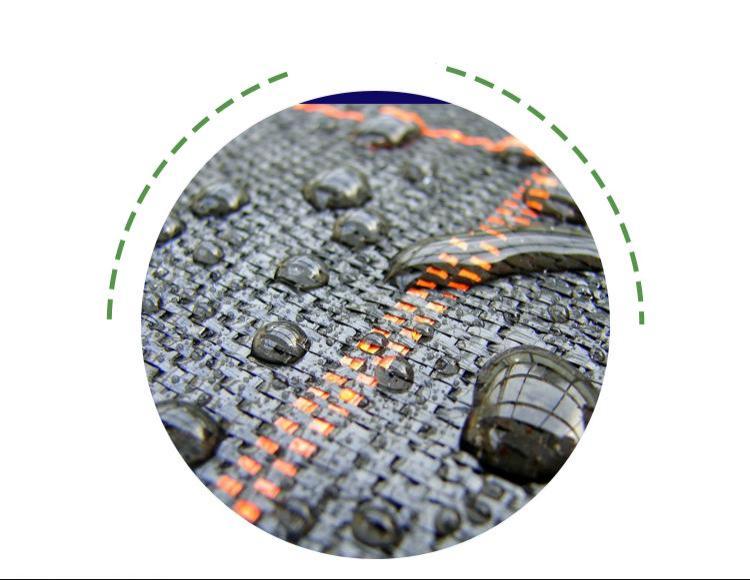Ground cover refers to a variety of plants or materials used to cover the soil surface in gardens, landscapes, and outdoor spaces. wholesale ground cover plants Ground cover serves multiple purposes, including aesthetic enhancement, soil erosion control, and weed suppression. Here’s an overview:

Plants:
Perennial Ground Covers: Plants like creeping thyme, ajuga, and phlox that return year after year.
Succulents: Varieties like sedum and ice plant, known for their drought resistance and unique textures.
Grasses: Low-growing ornamental grasses such as fescue or blue grama that create a soft, green carpet.
Vines: Ground-hugging vines like creeping jenny or vinca minor that spread quickly and cover ground effectively.
Non-Plant Materials:
Mulch: Organic materials like wood chips, bark, or straw that suppress weeds and retain soil moisture.
Gravel or Stone: Decorative stones or gravel that provide a clean, low-maintenance ground cover option.
Geotextiles: Synthetic fabrics that prevent weeds while allowing water and nutrients to reach the soil.
Benefits of Ground Cover
Weed Suppression:
Dense ground cover prevents sunlight from reaching weed seeds, reducing their growth.
Erosion Control:
Helps stabilize soil on slopes and prevents erosion caused by rain and wind.
Soil Moisture Retention:
Reduces evaporation and helps maintain soil moisture, benefiting surrounding plants.
Aesthetic Appeal:
Adds color, texture, and interest to landscapes, enhancing the overall design.
Wildlife Habitat:
Provides shelter and food for beneficial insects and small animals.
Low Maintenance:
Many ground cover plants require minimal care once established, reducing the need for mowing or weeding.
Choosing the Right Ground Cover
Climate and Soil Conditions:
Select ground cover that is appropriate for your local climate and soil type (e.g., drought-tolerant varieties for dry areas).
Sunlight Requirements:
Consider the light conditions of the area (full sun, partial shade, or full shade) when selecting plants.
Growth Habit:
Choose plants that will spread at the desired rate and match your landscape’s design.
Aesthetic Preferences:
Consider colors, textures, and flowering habits to achieve the desired look in your garden.
Installation Tips
Preparation:
Clear the area of weeds, rocks, and debris before planting or laying materials.
Spacing:
Follow recommended spacing guidelines for plants to ensure they establish well and cover the area effectively.
Watering:
Provide regular watering during the establishment phase, especially for newly planted ground covers.
Mulching:
If using mulch or gravel, apply a layer several inches thick to effectively suppress weeds.
Maintenance
Regular Checks: Monitor for weeds and remove them promptly.
Watering: Ensure plants receive adequate moisture, especially during dry spells.
Pruning: Trim back aggressive ground covers as needed to prevent them from overtaking other plants.
Conclusion
Ground cover is an effective way to enhance the beauty and functionality of your outdoor spaces. By selecting the right plants or materials and following proper installation and maintenance practices, you can create a vibrant, low-maintenance landscape that supports healthy soil and reduces erosion.
Post time: Oct-14-2024
